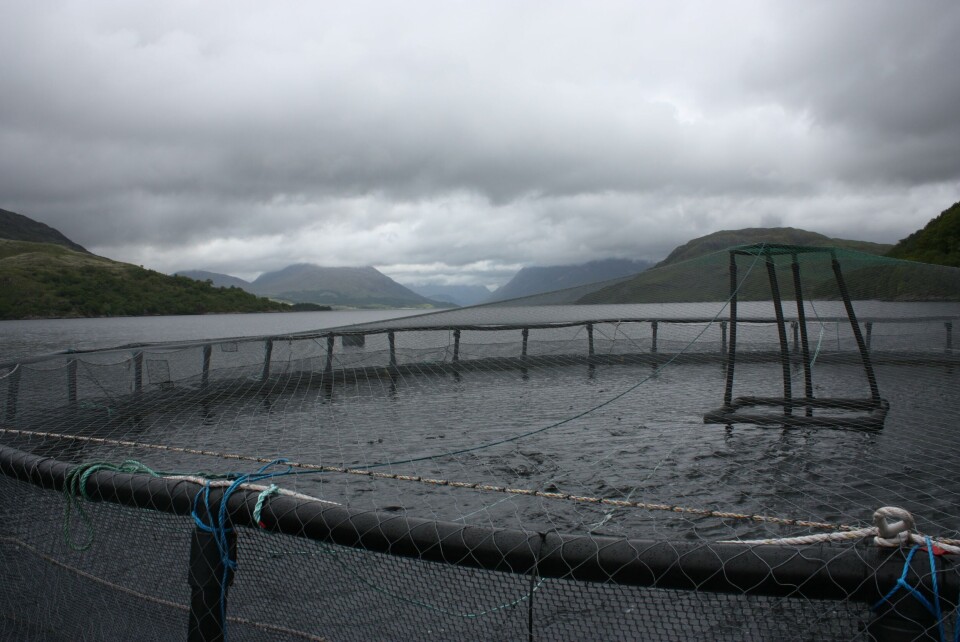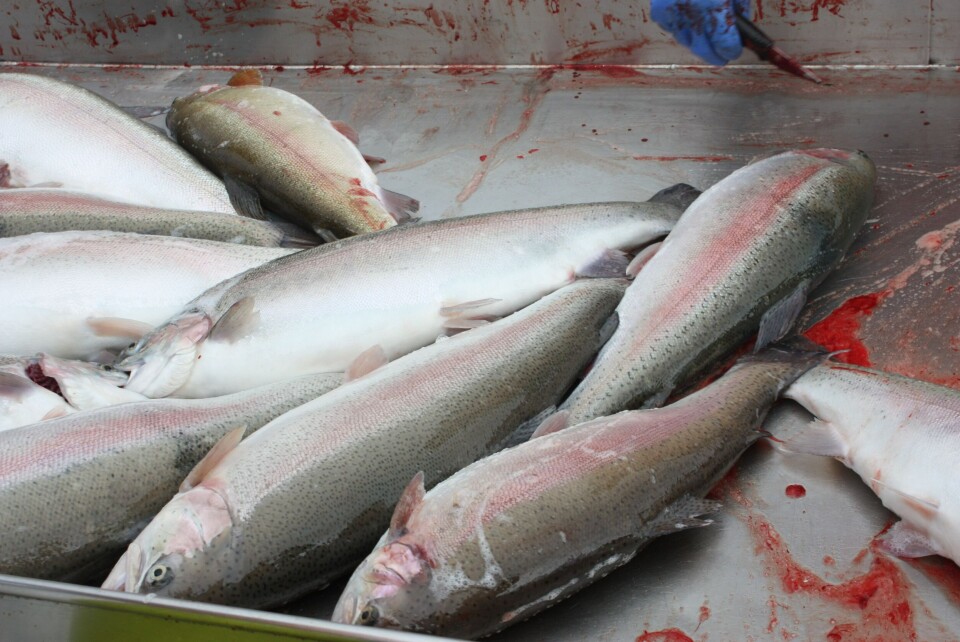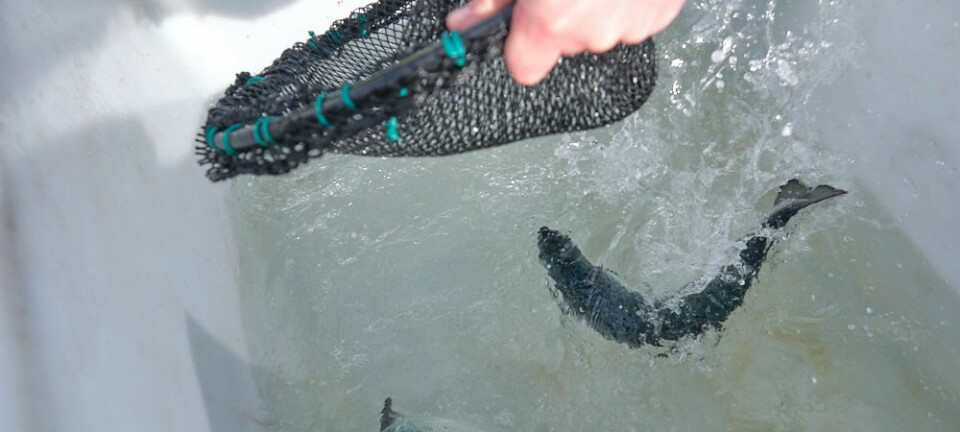
Probe into excessive sea lice drug use at Scots loch
The Scottish Environment Protection Agency (Sepa) is investigating trout producer Dawnfresh after one of its sites in the West Highlands breached rules on the use of a drug to control sea lice.
Sepa said the company had used azamethiphos excessively at one of its sites in Loch Etive.
Dawnfresh, one of the UK's largest trout producers, was quoted by the Herald newspaper as saying there had been a "very small number of errors" and said it was working with Sepa to ensure the farm had "the lowest possible impact on the environment in the future".
Dawnfresh produced about 3,000 tonnes of rainbow trout at Loch Etive last year.

Further investigations
A Sepa spokesman said: “Sepa is in contact with Dawnfresh regarding occasions where consecutive bath treatments with azamethiphos were carried out at the Etive 6 site less than 24 hours after the first treatment.
“These treatments are not in compliance with the site’s Controlled Activities Regulations licence. We will be undertaking further investigations into this matter with the company.”
Dawnfresh farming director Stewart Hawthorn told the Herald that last year the company recorded a “historically low number of sea lice” in Loch Etive after it took a “more proactive approach to the problem”.
He said: “Unfortunately, there were six instances on one of our sites where we did not meet our usual high standards in the technical implementation of a treatment. This is particularly frustrating for us because Sepa has confirmed that without these very small number of errors, the site would have been rated as ‘excellent’ in environmental compliance.
“We will be working with Sepa and our own team to ensure we have the lowest possible impact on the environment in the future.”
'Proud of our record'
Hawthorn added: “Overall we are proud of our record of environmental compliance. The other three operating sites on Loch Etive achieved ratings of excellent [two sites] and good [one site]. Two further sites will not be operated again precisely because we do not feel we can do so whilst meeting the highest standards of environmental protection.
“Going forward into 2017 we remain committed to effectively controlling sea lice and are already in the process of putting in place new treatment methods which will further reduce our reliance on chemicals.”























































